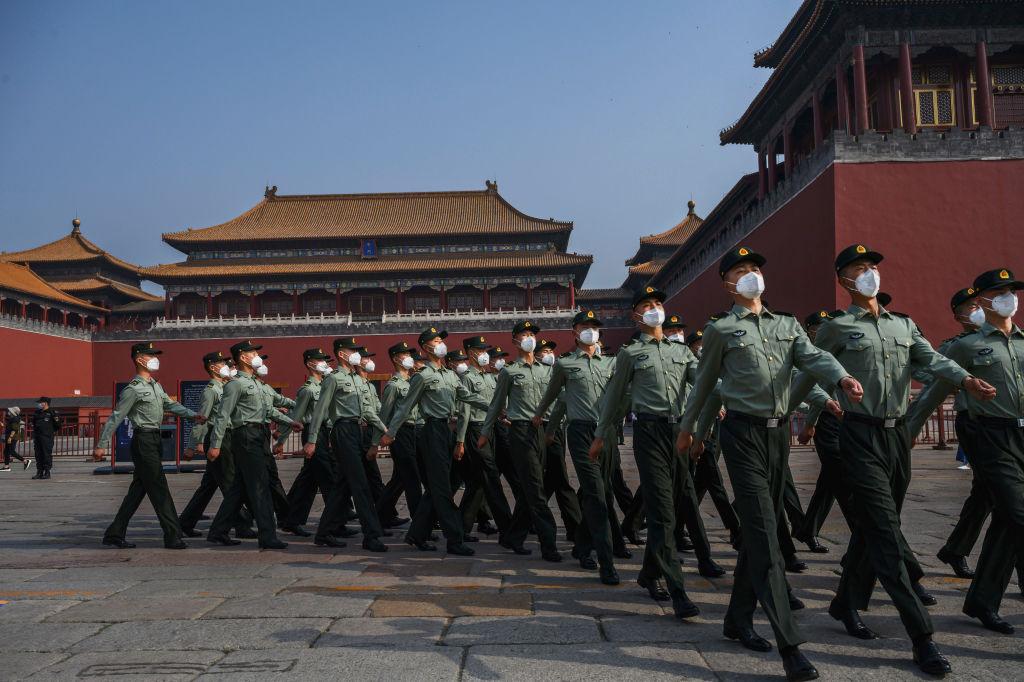While the world is in the midst of combating an unprecedented pandemic, China is taking the opportunity to fulfill its industrial plans of becoming a tech superpower.
Known as China Standards 2035, the economic blueprint is a continuation of the “Made in China 2025” industrial plan that aims for China to achieve self-efficiency in 10 tech sectors by the year 2025.





